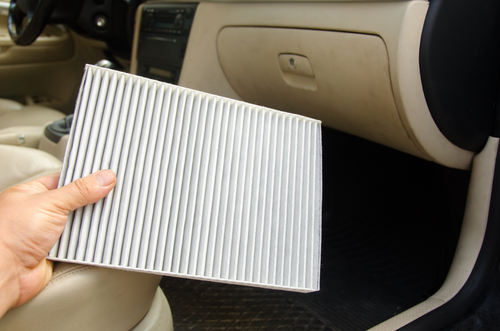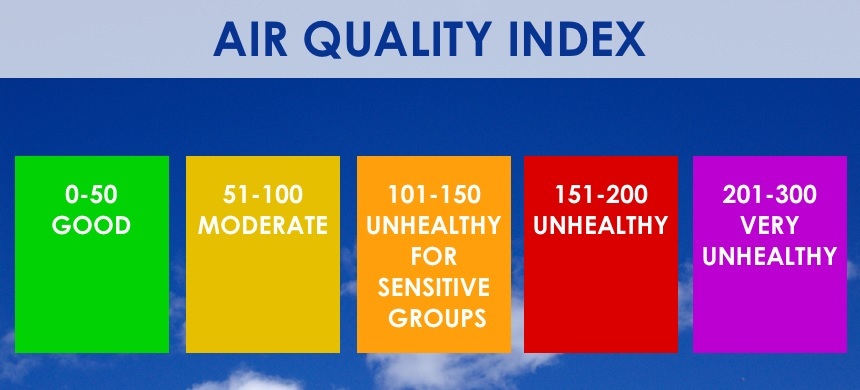
Electrostatically Charged Cabin Air Filters are Superior
Electrostatically charged air filters are designed to use static electricity to attract and capture airborne particles. Here are some of the advantages of using these filters:
-
Improved Filtration Efficiency: When fibers in the filter are electrostatically charged, they can attract even smaller particles than they would by simple mechanical filtration. This can include pollutants like dust, pollen, some molds, and pet dander.
-
Low Airflow Resistance: Despite their improved filtration efficiency, electrostatically charged filters often have lower airflow resistance than other high-efficiency filters. This means that they can capture fine particles without significantly reducing the airflow, which can be crucial in HVAC systems where maintaining good airflow is important.
-
Energy Savings: Because they don’t impede airflow as much, these filters can contribute to energy savings in HVAC systems. Less resistance means the system doesn’t have to work as hard to push air through
-
Reduction of Smaller Particles: Electrostatic filters are particularly effective against smaller particles, which are often the most harmful and the hardest to filter out using standard mechanical filters.
-
Lower Replacement Frequency: Because of their ability to handle a significant amount of particulate matter, some electrostatically charged filters may not need to be replaced as often as non-charged counterparts.


